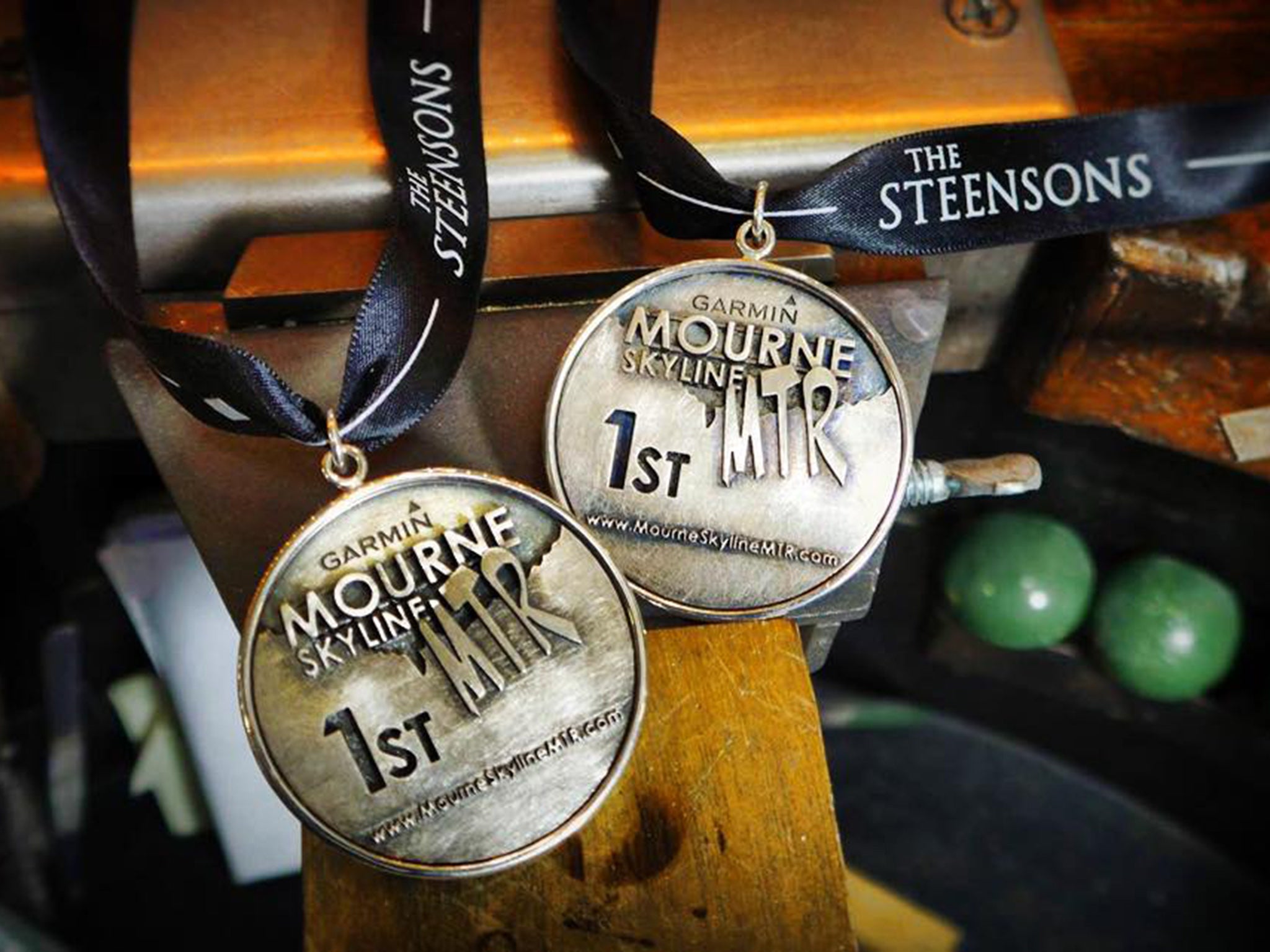View from the Sofa: Mourne Mountains challenge charts real escape route from a world of mourning
Garmin Mourne Skyline, Channel 4

It’s never nice when the sadness and horror of the real world encroach on the sports section. After all, this part of the publication is meant for light relief. We’re the games department, where a multimillionaire manager having a spat with a multimillionaire player, rather than death, disaster or destruction, constitutes a crisis.
The ugly reality of life (and death) truly intruded on our section over the last week, with Jonah Lomu’s passing following swiftly after the fallout from the Paris attacks overshadowing the week’s sport.
Some of us needed an escape. Not to deny, block out or belittle everything that had happened, but just to try to make sense of it all. Some may have had a drink. Some listened to loud, angry music. Some embarked on long bouts of exercise. I did all three – as well as watching other people doing the latter.
To say that taking part in extended spells of running or riding is an escape would be to oversimplify the reasons for taking part in races like the Garmin Mourne Skyline, which was broadcast on Channel 4 in its “hard sports” slot early on Saturday.
So why do people do it? We got a few answers mere minutes into the broadcast. “The race is 35km long with 3,370 metres of ascent,” said the presenter, whose name was never revealed. “So why on earth would you volunteer for that?” It was up to the organisers and participants to answer. “It is just a chance to get to places people wouldn’t normally get to,” said one. Another offered this: “Having a laugh on the mountains. It’s for the spirit of adventure, isn’t it?”
That was before we had seen the race conditions. A shot of the elevation profile of the race, according to the commentator Mark Robson, looked like “an ECG you wouldn’t want your cardiologist to see”.
And to compound the difficulty of racing a distance four miles shy of a marathon over granite boulders, it was held on a wet, cold and windy October day, with low cloud making the evocative yet bleak environment of Northern Ireland’s Mourne Mountains seem even more forbidding.
The scenery was made all the more other-worldly with the complete absence of background music on the show – a welcome omission, given that many programmes about extreme sports clutter their broadcasts with shrill, soulless electronic music that they think gives their shows an edginess. All this programme needed to portray the adventure of the race was a series of sequences of runners slipping and sliding down treacherous slopes with the “grip of greased seaweed,” as Robson put it.
The race looked even better when the sun came out, particularly in a long-range shot of the leader and eventual winner, Iain Bailey, bounding down a wide slope of golden scrub pocked with dark rocks before beginning the final climb, Slieve Donard.
“It was more about survival, to be honest,” Bailey said after bounding over the finish line. He added, with the understatement common to people who push themselves beyond what many think is possible: “It was interesting, I’ll tell you that.”
It was for us too. Mainly because it provided some respite from the real world.
Join our commenting forum
Join thought-provoking conversations, follow other Independent readers and see their replies
Comments